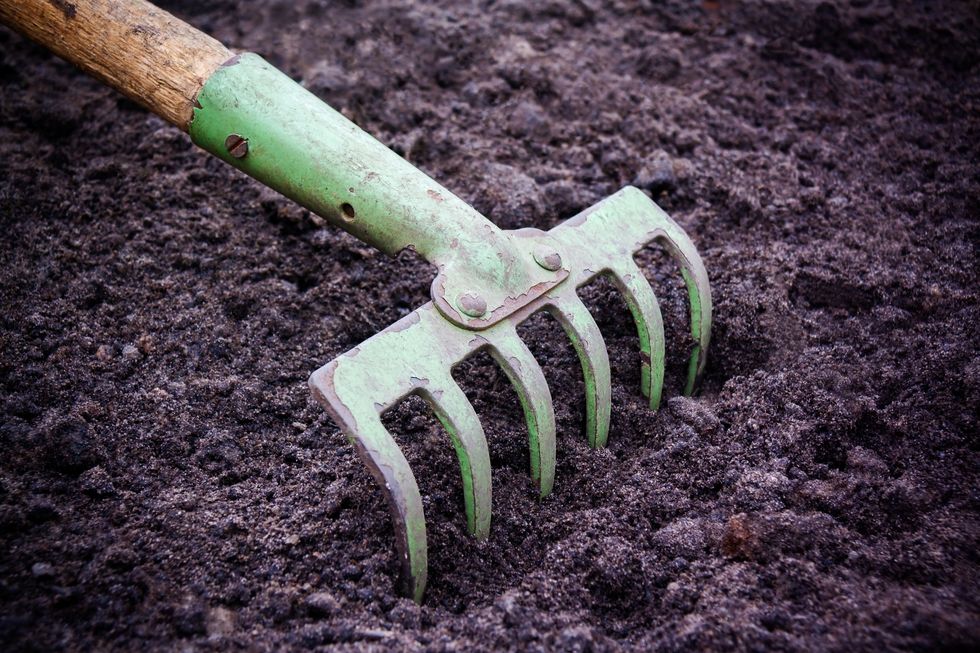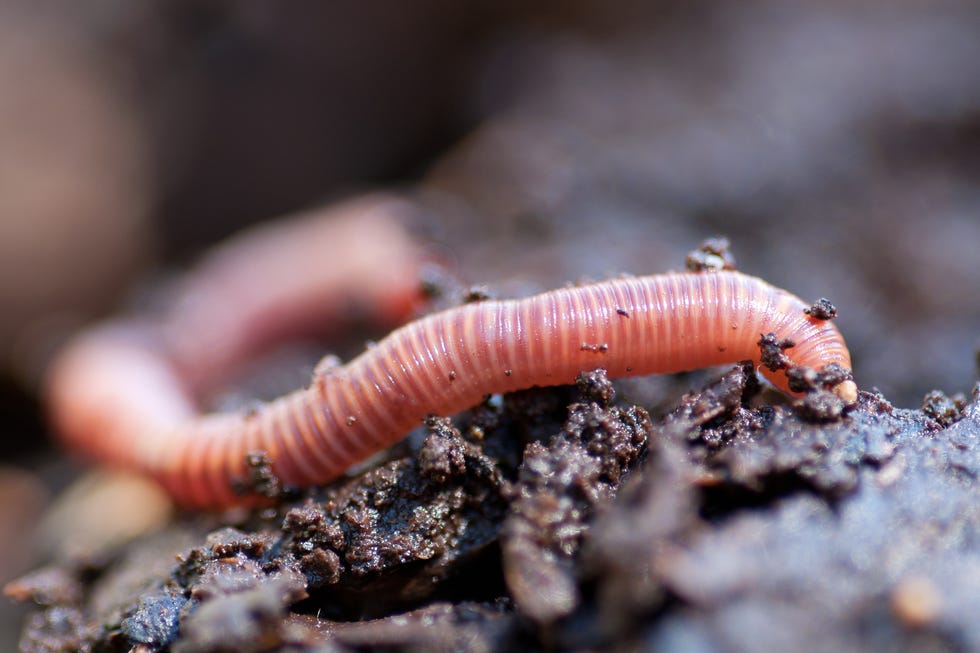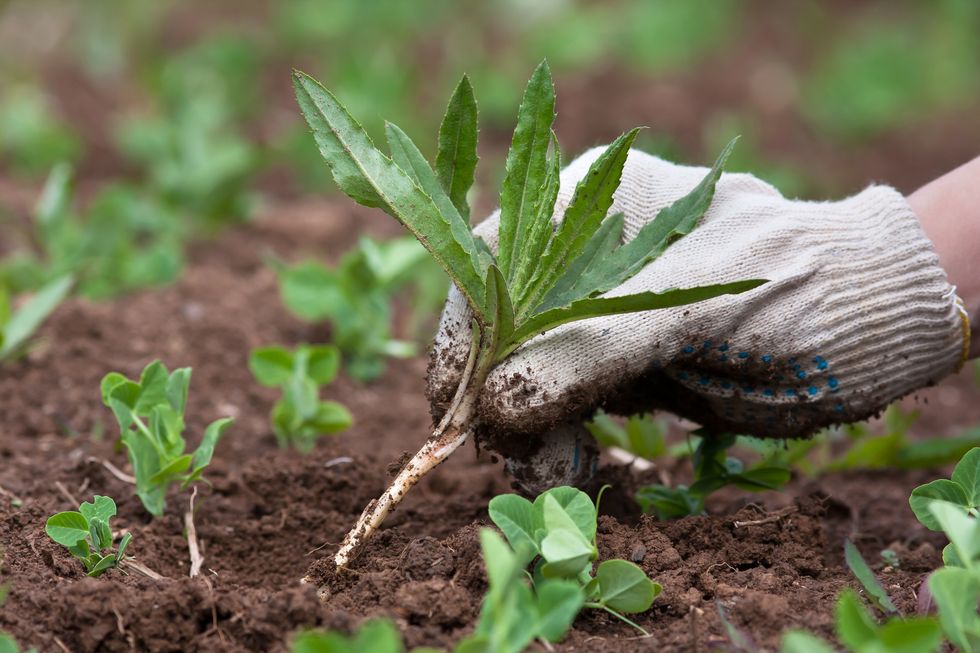What's the secret to raising healthy, carefree vegetables and flowers? Great soil. How can you tell if your soil has what plants need? A soil test. When you send a soil sample to a lab, you get a detailed analysis of soil nutrients and you find out about deficiencies. That's valuable information.
Now you can also assess your soil for even more critical qualities using a system developed by a team of farmers and soil scientists in Oregon. The methods are quite simple and the only supplies you need are a few items commonly found around the house.
The system is called the Willamette Valley Soil Quality Guide. It was designed with farmers in mind, but it can be used by gardeners in most parts of the country, says Richard Dick, Ph.D., codeveloper of the system and a professor of soil science at Oregon State University.
"The general principles of the test are applicable anywhere, but the specifics will differ," concurs James Walworth, Ph.D., a soil scientist with the University of Arizona's Cooperative Extension in Tucson.
Scientists warn gardeners not to overemphasize results from one or two steps, but to consider the test as a whole. For instance: "Sandy soil is pretty easy to work," says Mark Williams, Ph.D., an assistant research scientist of soil microbial ecology at the University of Georgia in Athens, Georgia, "but the soil may not have other components of soil quality."
You should do all ten steps during the active growing weeks in spring, but you can test for soil structure and tilth, compaction, and plant residue year-round. Check various locations in the garden for the broadest picture possible. The more detail you have, the more accurate and reliable the results.
1. Soil Structure and Tilth
When the soil is neither too wet nor too dry, dig a hole 6 to 10 inches deep. Separate an intact section about the size of a soup can and break it apart with your fingers. Determine whether the soil is cloddy, powdery, or granular. Ideally, your soil should be made up of different sized crumbs that will hold their shape under slight pressure. Crumbs — or aggregates, as soil scientists call them — that break apart only with difficulty mean your soil is too hard.
Why It's Important
"Soil rich in organic matter tends to form relatively round aggregates, which leads to porosity," says Tom Thompson, Ph.D., a professor of soil science, also at the University of Arizona. Open, porous soils allow the free movement of water and oxygen, he explains, so plants can develop strong, healthy roots.
2. Compaction
Plunge a wire flag vertically into the soil at different locations. Mark the depth at which the wire bends. The sooner it bends, the more compacted the soil. A foot or more of easily penetrable soil is ideal.
Why It's Important
Compacted soil inhibits root growth and water availability, and keeps earthworms and other vital soil fauna from circulating freely.
3. Workability
You may have already learned about your soil's workability the last time you got the garden ready for planting. If tilling or digging the soil produces cloddy or plate-like clumps, the workability is low. Farmers measure workability by monitoring how much tractor fuel they use; you can simply judge the effort necessary to prepare beds for planting.
Why It's Important
Workable soil allows water to reach roots efficiently and it's less prone to compaction. Fail this step, and your garden will likely show disappointing results for many of the other tests. "If the soil isn't easily worked, other problems have already been going on for a while," says Raymond Allmaras, a soil specialist with the USDA's Agricultural Research Service in St. Paul, Minnesota.
4. Soil Organisms
Measure the animal life in your soil by digging down at least 6 inches and peering intently into the hole for four minutes. Tick off the number and species of each organism observed, such as centipedes, ground beetles, and spiders. Because most soil organisms spurn daylight, gently probe the soil to unearth the more shy residents. If you count less than 10, your soil does not have enough active players in the food chain.
Why It's Important
A thriving population of diverse fungi, bacteria, insects, and invertebrates is one of the most visible signs of soil quality. The more that creeps and crawls under your garden, the less opportunity there is for unwelcome pests and disease. Each level of soil life does its part to break down plant residue and make more nutrients available for growth.
5. Earthworms
When the soil is not too dry or wet, examine the soil surface for earthworm castings and burrows. Then dig out 6 inches of soil and count the number of earthworms squirming on the shovel. Three worms are good; five are better. The absence of worms means the soil does not have enough of the organic matter they feed on. An exception: If you live in the Southwest, don't waste your time looking even if the soil displays other signs of good quality. "Earthworm activity is less likely in the desert," says Walworth. "Worms don't like hot soil."
Why It's Important
Not only do earthworms aerate the soil, but their castings infuse the soil with enzymes, bacteria, organic matter, and plant nutrients. They also increase water infiltration and secrete compounds that bind soil particles together for better tilth.
6. Plant Residue
If you've grown a cover crop, dig down 6 inches one month after turning it into the soil and then look for plant matter. The range of organic material is important to notice here. The presence of recognizable plant parts as well as plant fibers and darkly colored humus indicates an ideal rate of decomposition.
Why It's Important
"The single most important component of healthy soil is organic matter," Thompson says. But plants and other organic materials decompose only when soil organisms are there to do the work. Any sign of this process is a good sign, but the speed of decomposition is important, too. Fast decomposition is another indicator of soil quality. In poorly aerated soil, plants break down slowly, a condition that gives off a faintly sour scent.
7. Plant Vigor
Start this test during the active growing season and look for healthy plant color and size that's relatively uniform. Overall health and development must be judged against what's considered normal for your region. One caveat: If you suffered a pest infestation or planted late or during a drought, results of this test may be unreliable.
Why It's Important
Plant vigor indicates soil with good structure and tilth, a well-regulated water supply, and a diverse population of organisms. It's the best sign of effective soil management you'll have above ground.
8. Root Development
Use a shovel or hand trowel to dig gently around a selected plant, preferably a weed you won't miss. Once you've reached root depth, pull an annual plant up and check the extent of root development, searching for fine strands with a white healthy appearance. Brown, mushy roots indicate serious drainage problems — and a poor outlook for this year's harvest. Stunted roots might also indicate disease or the presence of root-gnawing pests. "When you look at the roots, you can really see what's going on," Allmaras says.
Why It's Important
Roots have the most immediate connection with and reliance on soil quality. Without air, water, biological activity, and crumbly soil to grow in, roots can't do their job.
9. Water Infiltration
Take an empty coffee can with the bottom removed and push it into the soil until just 3 inches remain above the surface. Fill the can with water, marking the water height and how long it takes for the water to be absorbed into the soil. Repeat this several times until the rate of absorption slows and your times become consistent. Anything slower than 1/2 to 1 inch per hour is an indication of compacted soil.
Why It's Important
Good infiltration gets water to plants where they need it (at their roots), prevents runoff and erosion, and lets air move more efficiently into soil pores.
10. Water Availability
Wait for a soaking rain; then record how long until plants start to show signs of thirst. Results will vary widely by region. The basic lesson is that if plants require more frequent watering than typical for your region, your soil is probably the culprit.
Why It's Important
Porous soil can better resist evaporation and adequately supply plants between waterings. "It could make all the difference in the world if water were to go another inch deeper," Allmaras says.
The Willamette Valley Soil Quality Card Guide, on which this article is based, provides you with even more information and guidance on evaluating your soil and how to improve it based on the results of this test. Get a copy from the Oregon State University Extension Service.
















